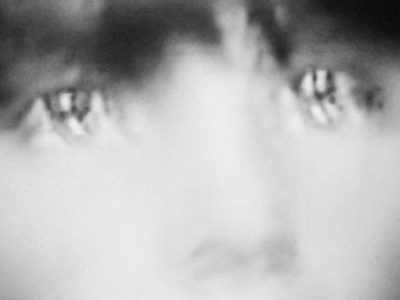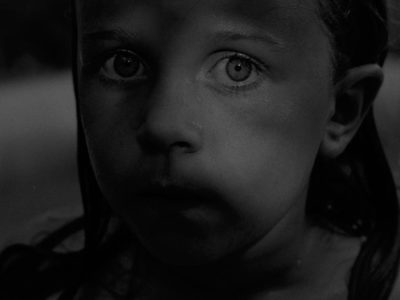FotoFirst — At Stella Maris, a Hotel for Foreign Workers, They Do Everything to Keep the Guests Off Town

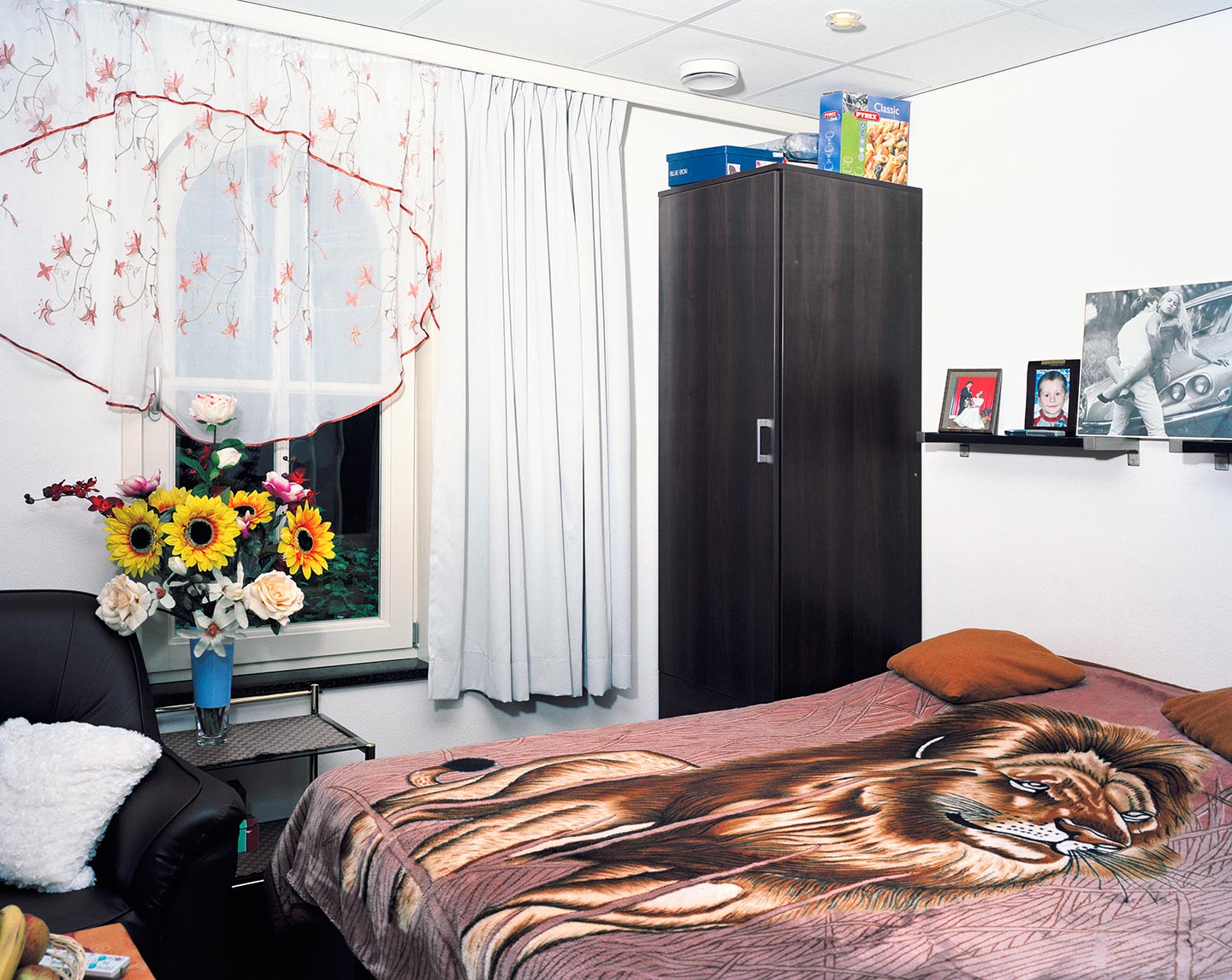
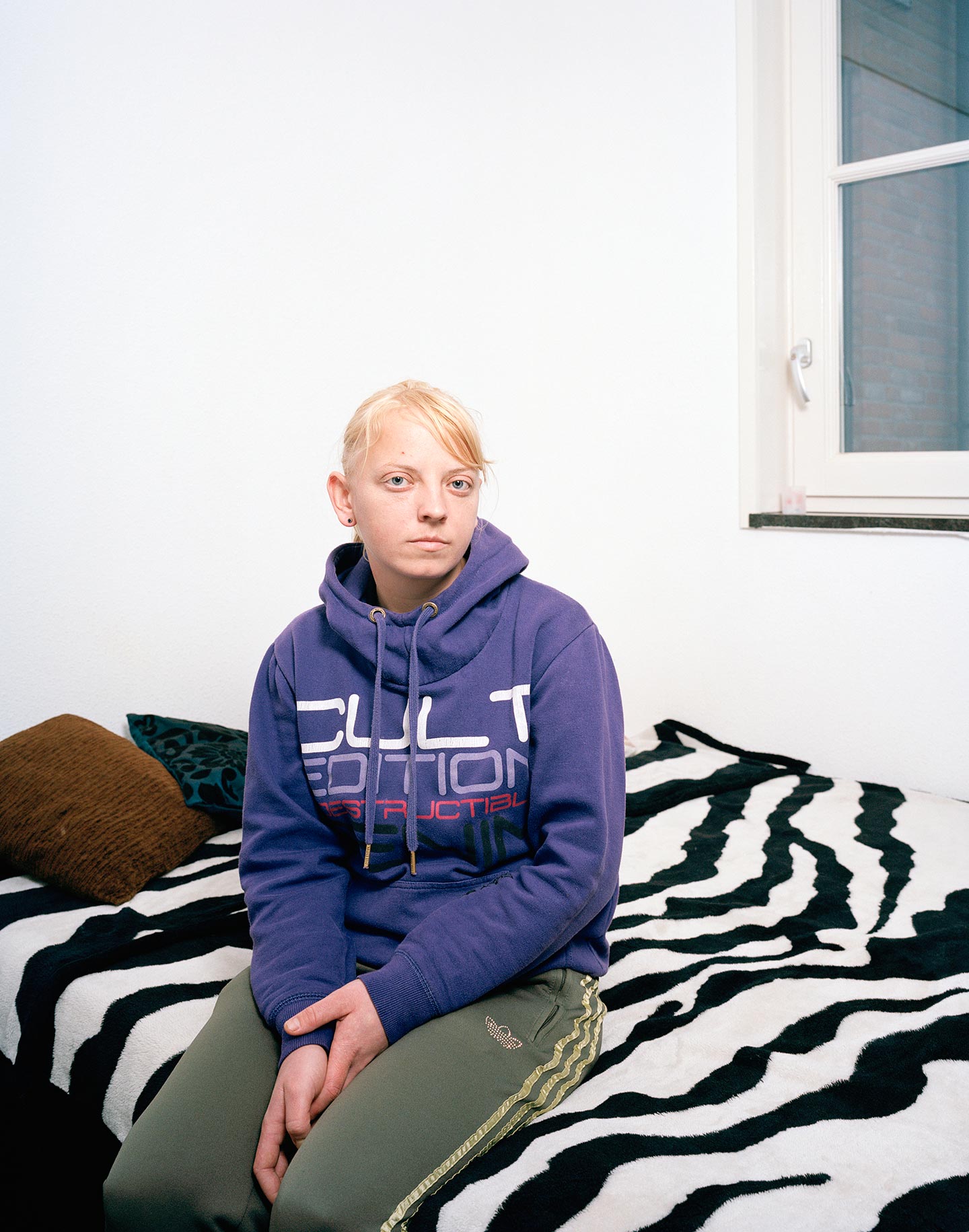

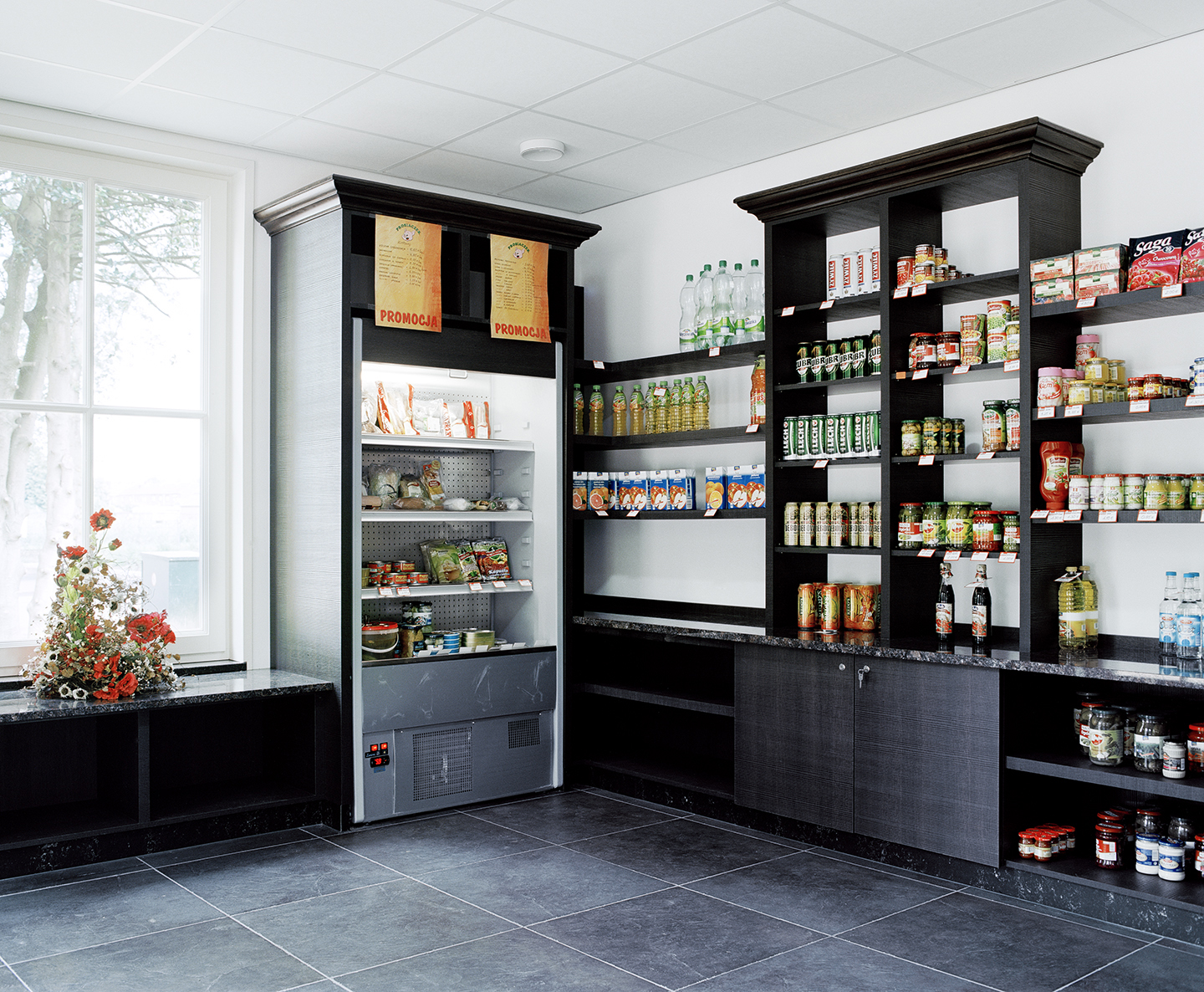

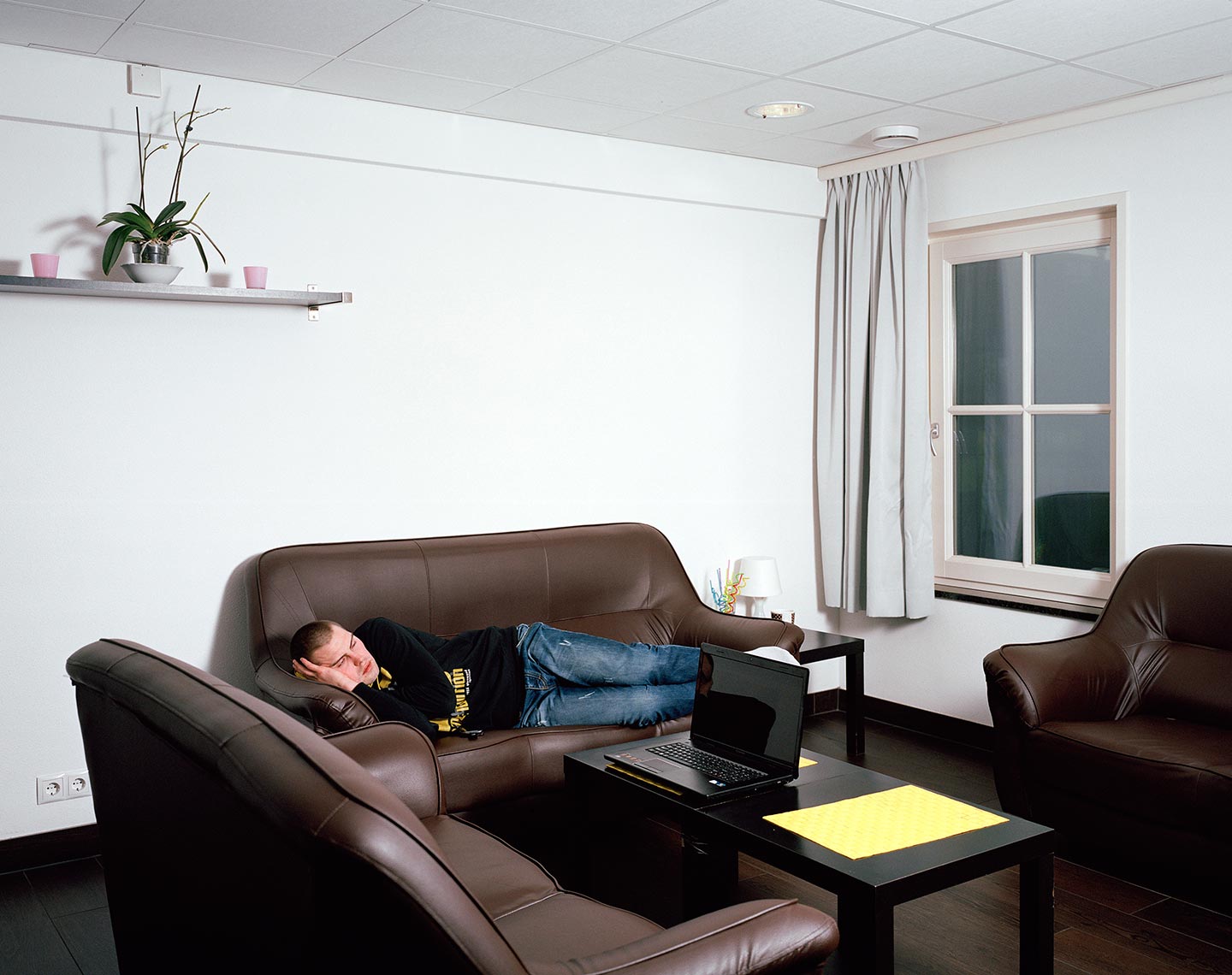
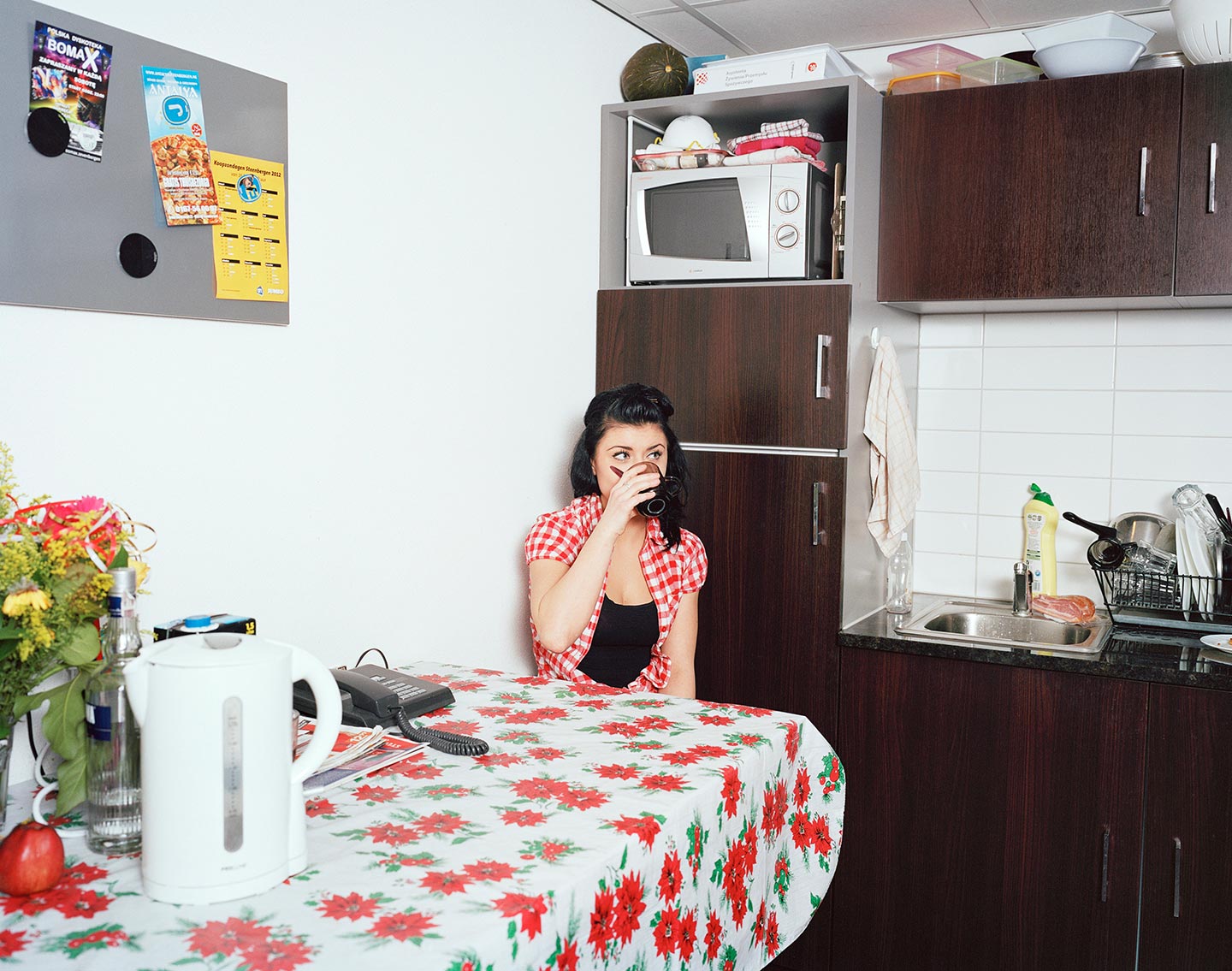

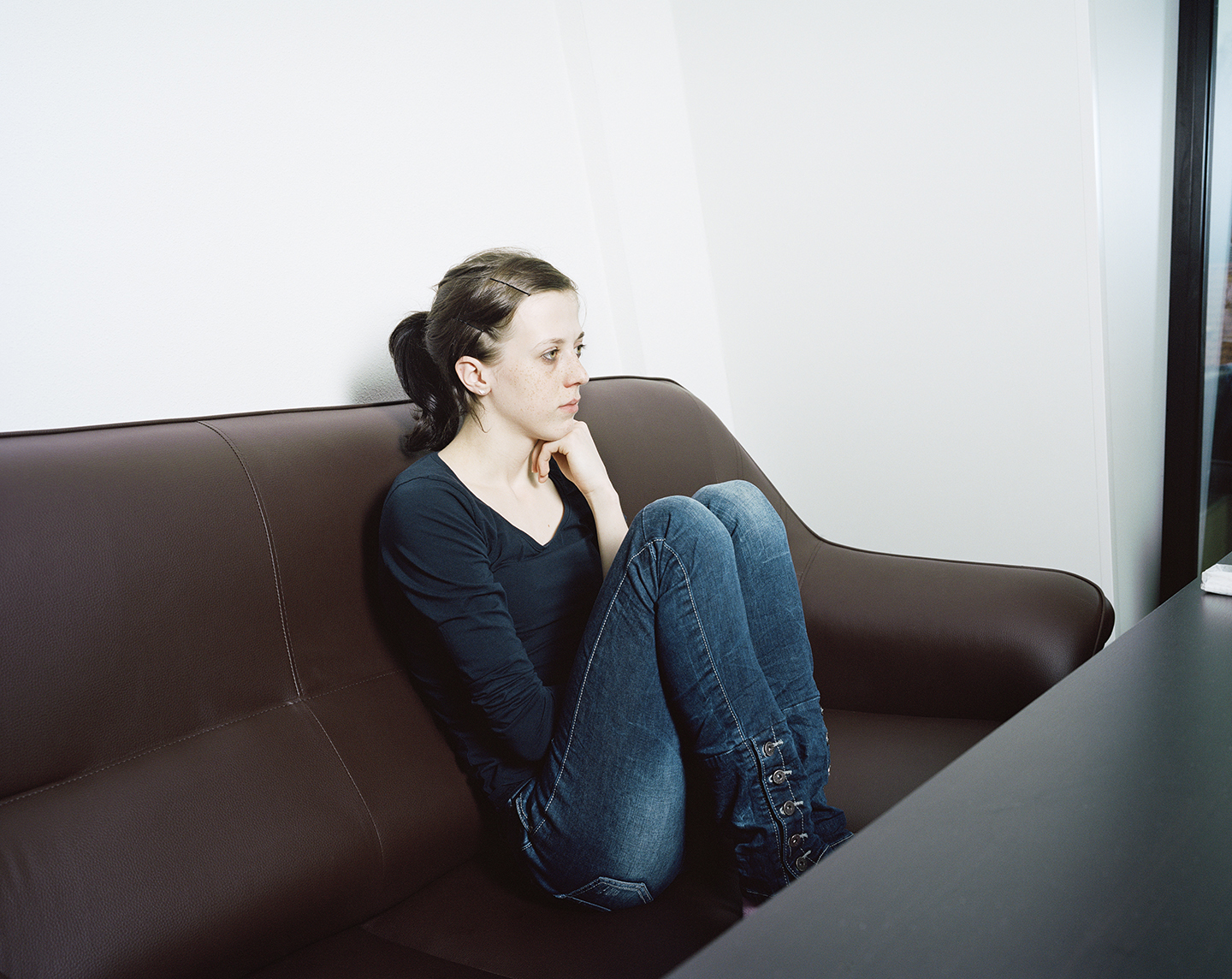
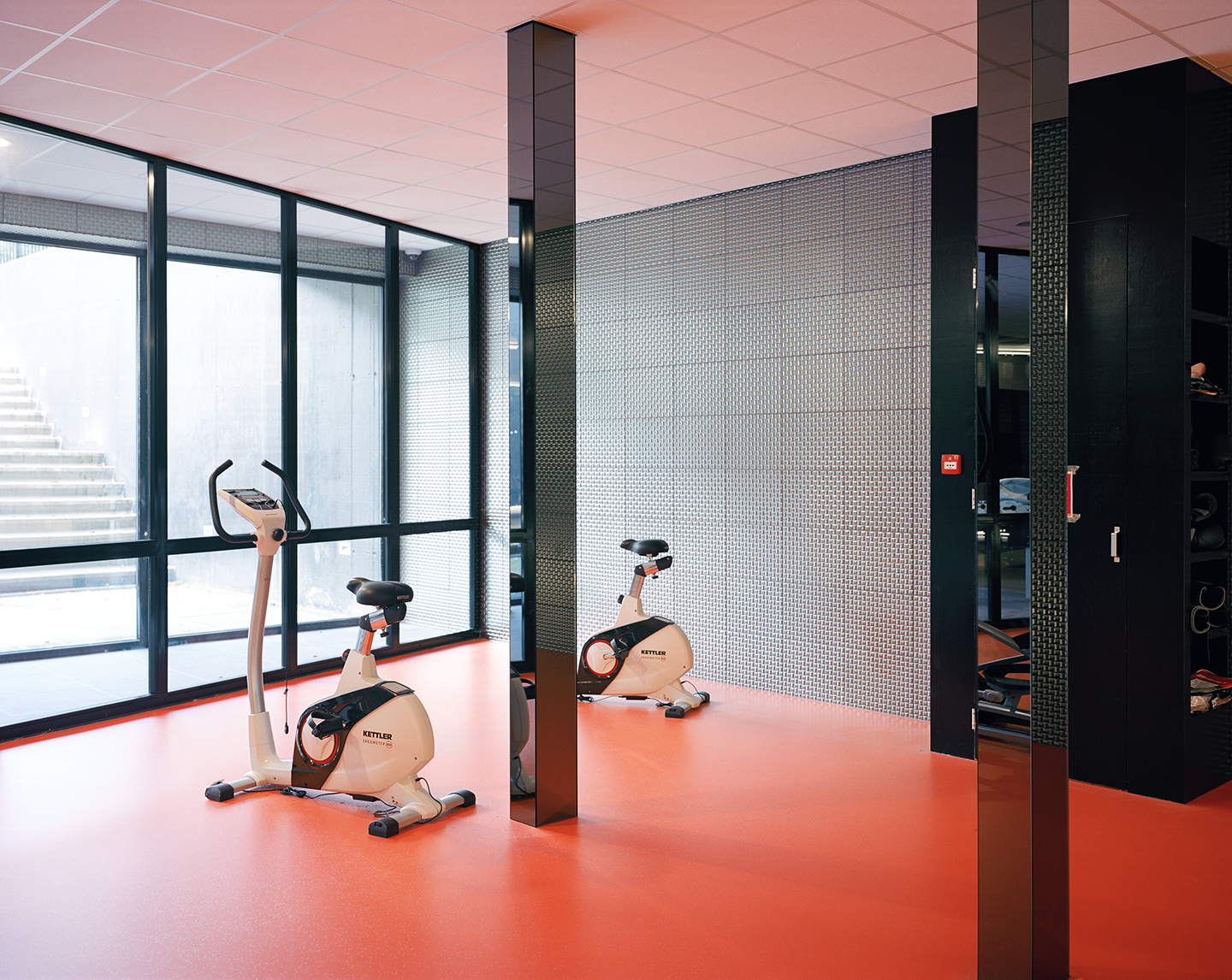
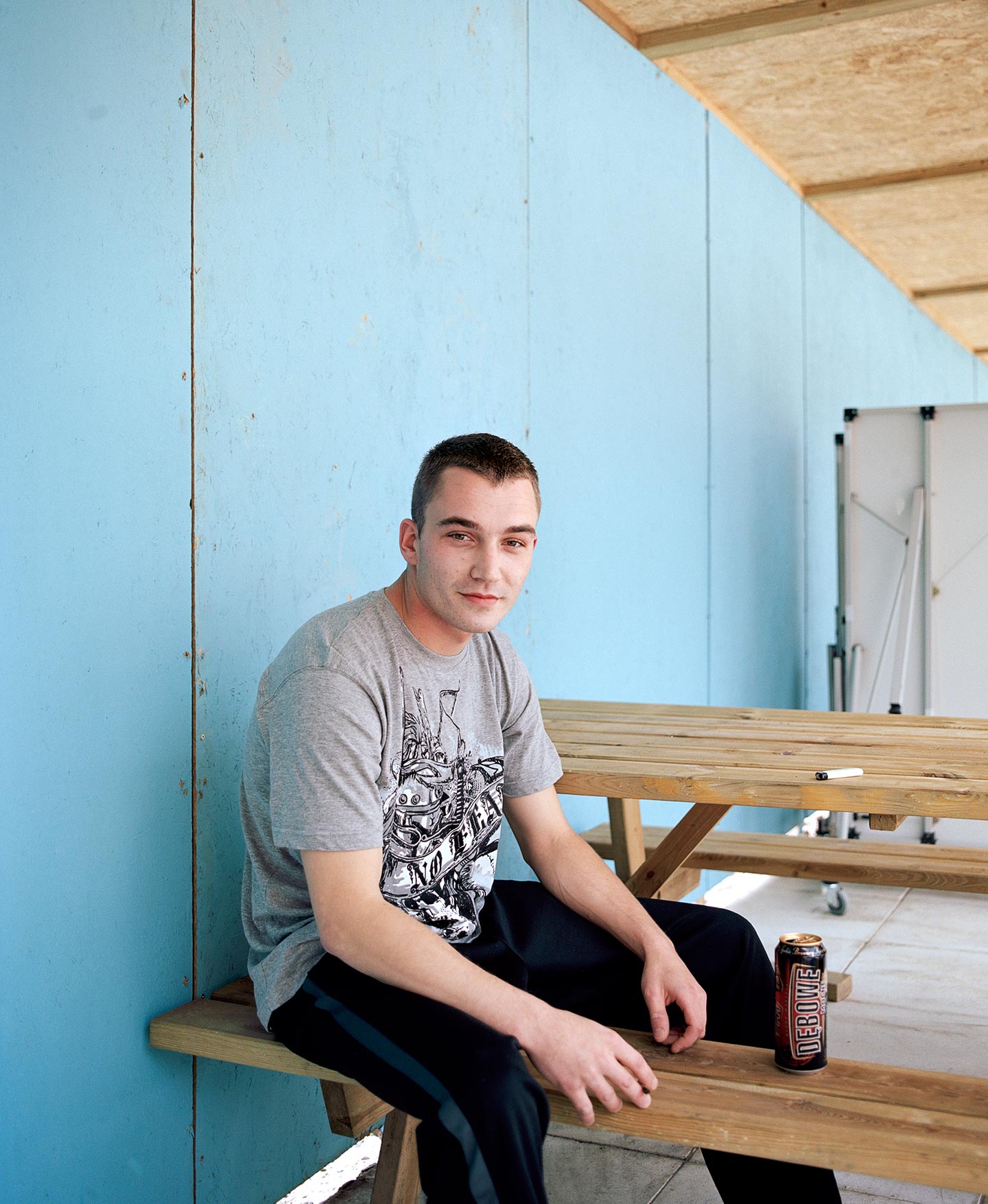
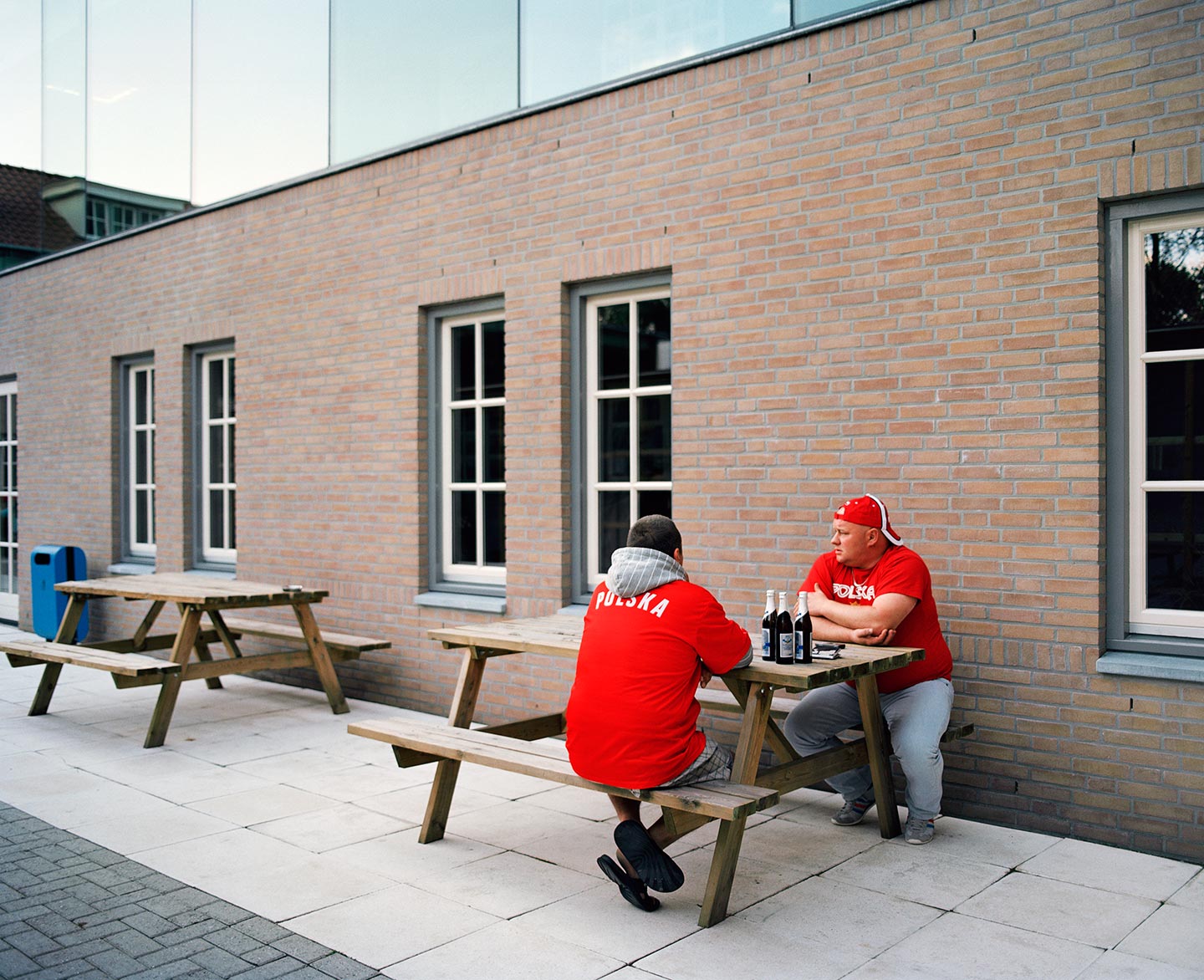
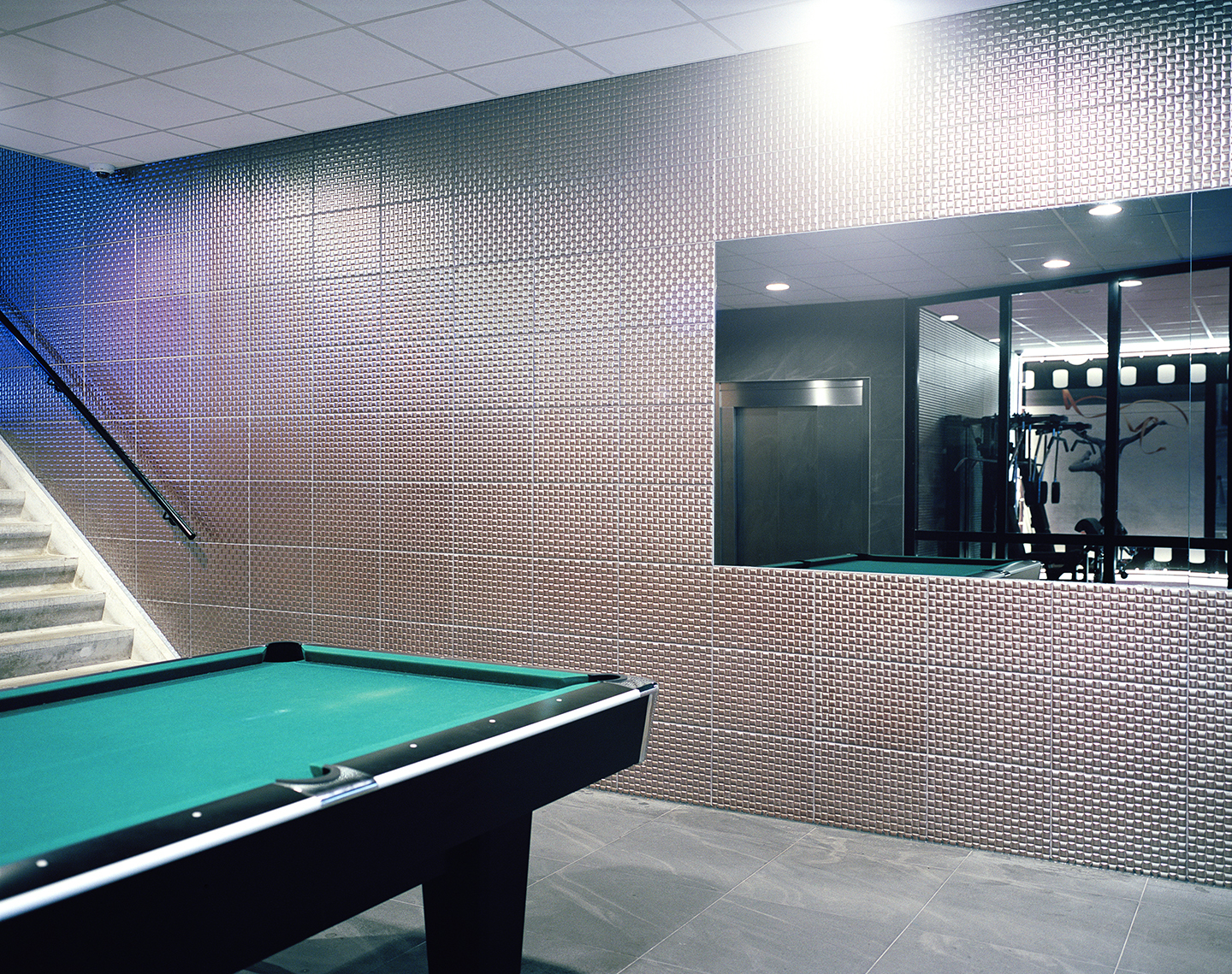

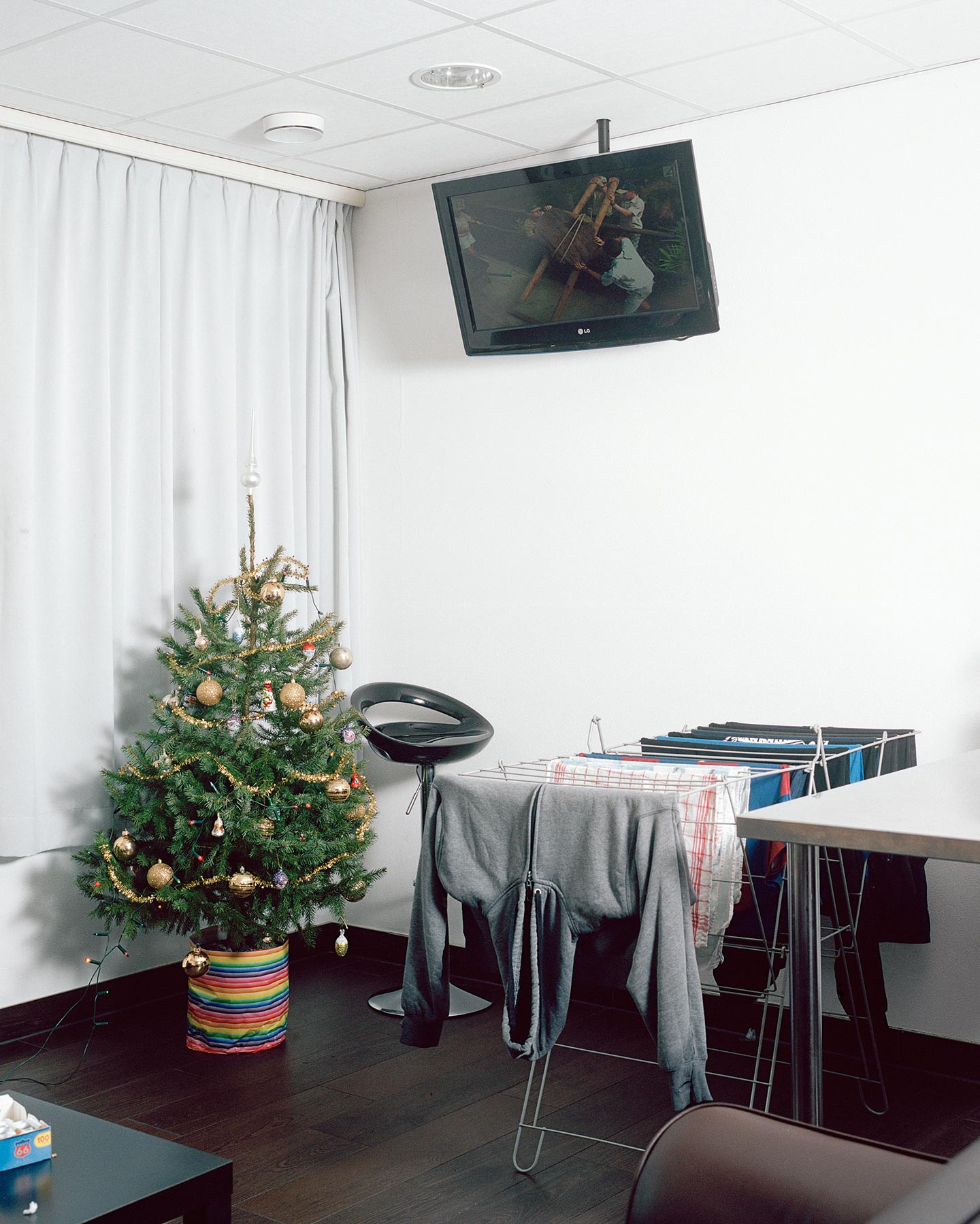
Stella Maris is an old monastery in Welberg, a small Dutch town, which in recent years was transformed into a hotel for foreign workers, mostly hailing from Eastern Europe. The hotel works quite nicely as a temporary accommodation; in fact, it’s intended to be so nice that the migrant guests should feel discouraged to venture outside and make trouble into the town…
In the interview below, Dutch photographers Miriam Donkers and Geisje van der Linden—both 31 years old—explain how the guests of Stella Maris are monitored in everything that they do through security cameras and car tracking devices. Their project Stella Maris is available as a new photobook published by The Eriskay Connection—buy your copy here.
Hello Geisje and Miriam, thank you for this interview. What are your main interests as photographers?
M: My projects are always based on my personal point-of-view and experience of everyday life. Social behavior, religion, environment and repetition are the main themes of my work.
G: I am interested in people and their surroundings. I often search for places that went through major changes or where people have to adapt to a new environment. My projects often have social, environmental or economic themes.
Please tell us a bit about the Stella Maris monastery. When was it converted to a hotel for migrant workers, and what does it offer its guests?
M: Stella Maris has been repurposed in 2010 and is located at the edge of the village of Welberg, in the province Noord Brabant. Employment agency Good Morning has turned the monastery in a temporary accommodation for migrant workers from Eastern Europe. The hotel offers a restaurant, a fitness area, a bar and many other services the guests may need. The rooms are pretty decent and the guests have the possibility to share a car with their colleagues. Overall, staying at Stella Maris as a temporary accommodation is a solid option, but there are many rules to follow to keep it that way… A list of these rules hangs on the wall in each room; if you break them repeatedly, you have to leave Stella Maris and may even lose your job. The first warning comes in the form of a red card.
Can you make a few examples of these rules?
M: For instance, forks, knives and spoons are counted on a monthly basis—if anything is missing, you have a week to return it, otherwise you get a fine. The rooms must be kept clean, and there are tracking devices installed on the company cars offered to the guests.
In the book’s introduction you write about the many cameras installed throughout the hotel, and how the guests “rarely set foot in Welberg. Entrance to the local café is prohibited. They are not to be a nuisance”. Can you elaborate on this? Is Stella Maris somewhat of an enclave?
G: Stella Maris is in control: that is a fact. The great level of control in the property is actually one of the important aspects of our project.
The building is designed to keep customers inside as much as possible, and non-customers outside. All the facilities available—the restaurant, the gym, the game area, even a disco bar—were created so that the guests would have fewer reasons to get out of the hotel. Before Stella Maris opened, many residents of Welberg were afraid of the Polish workers going out at night and causing trouble in the neighborhood.
As mentioned above, breaking the rules may lead to the workers staying at Stella Maris to lose their job, so they think twice before doing anything compromising.
This all results in what you see in the pictures: the common areas within the building are often empty because people prefer to sit in their rooms.
Are the workers happy about Stella Maris?
M: We can’t speak for everyone, but most of them are. Stella Maris is of course much better than other accommodations like campsites or older buildings. But we often heard them complain about the way Stella Maris controls the situation. They’re sometimes irritated by how every move they make is monitored.
How did you find out about Stella Maris, and what in particular appealed to you about it that you decided to make it the subject of a photographic project?
G: We had just graduated when we heard about Stella Maris. The fact that a small village of approximately 1,100 inhabitants gained 400 more in less then four years made us curious. We wondered how this new ‘state of the art’ building looked like, and what effect it would have on Welberg.
For how long have you visited and photographed in the premises of the hotel?
G: Sometimes we visit Stella Maris three times a month and sometimes only once every two or three months. In total in a period of five years. Many guests are already gone when we come back—the turnover is very high.
Can you describe your approach to the work? What did you want your photographs to capture about the workers and their lives in the hotel?
M: Every inch of Stella Maris is well thought-out; nothing you see in the building is casual. Every room has the same clock, brown leather couches and picture frames. The red halls and the common areas are empty: after a hard day of work, everybody just sits in there room.
We took the pictures with a Mamiya 7II, an analogue 6×7 camera. In contrast to a digital camera, it slows the process down. Every shot that we made, we had to choose carefully. This gave us the effect that we wanted: to capture the mood, boredom and repetition that we witness every time we visit Stella Maris. We took most of the pictures in the rooms, the only places were the guests keep those personal belongings that could reveal something a bit more intimate about them.
Did you have any specific references or sources of inspiration in mind while working on Stella Maris?
G: Not really, but the topic of foreign workers has a long history and often makes the news. Photographs were made about it in the past as well, so it was something we were already familiar with. For Stella Maris, we gained deeper insight into the matter and drew inspiration from the places we photographed, the people we met and the stories they shared with us.
How do you hope viewers will react to the images of Stella Maris, ideally?
M: The typical reaction we get from those who see the Stella Maris images is about how desolate the situation is. We hope to show viewers how a building can influence a person, and at the same time offer a deeper understanding of the particular situation at Stella Maris.
Who are some of your favourite contemporary photographers?
Geert Goiris, Awoiska van der Molen, Dana Lixenberg, Vivianne Sassen, Henk Wildschut, Alec Soth and Noémie Goudal.
Choose your #threewordsforphotography.
Animal. Print. Blankets.
Keep looking...

FotoCal — Photography Awards, Grants and Open Calls Closing in October 2024

FotoCal — Photography Awards, Grants and Open Calls Closing in September 2024

FotoCal — Photography Awards, Grants and Open Calls Closing in August 2024

FotoCal — Photography Awards, Grants and Open Calls Closing in July 2024

FotoCal — Photography Awards, Grants and Open Calls Closing in June 2024

FotoCal — Photography Awards, Grants and Open Calls Closing in May 2024

FotoCal — Photography Awards, Grants and Open Calls Closing in April 2024


